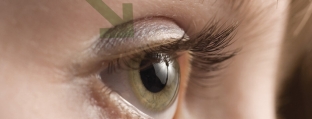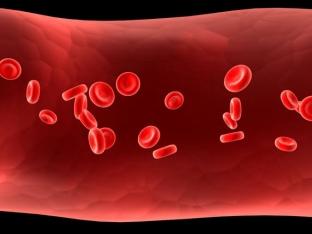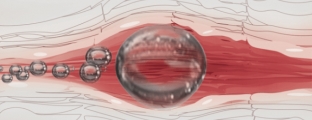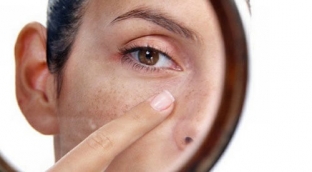Many patients of aesthetic medicine clinics come there with the desire to undergo liposuction, considering this operation to be a convenient and easy procedure for losing weight. They believe that instead of active sports and a diet that helps to lose weight, & nbsp; you can ask the doctor to simply pump out excess fat from the body and leave the clinic with a slender, graceful figure. However, the doctor should explain that there is no need to expect a miracle from the operation, and that there are even complications after liposuction, which you need to be aware of before deciding on it.
Restrictions of the procedure and possible complications after liposuction
The patient should be aware that liposuction has certain limitations. If you remove, for example, more than 2 kg of fat at once, then a sharp restructuring of the metabolism occurs in the body – in order to immediately restore the lost body weight. As a result, rapid weight gain becomes a certain complication after liposuction.
Liposuction is not a way to lose weight, it is used to correct some fat deposits in places that are not amenable to training and diets.
The most correct appointment of liposuction – when the process weight loss is completed, and the weight remains stable for six months. Otherwise, the effectiveness of the procedure will be zero.
It is very important to assess the patient's expectations from the liposuction operation and explain in detail what results are realistic for him, and most importantly – Under what conditions will liposuction be effective.
In addition, patients should be aware that liposuction does not get rid of cellulite, as it only removes fat in limited areas. Liposuction does not eliminate stretch marks – moreover, stretch marks on the skin in principle do not allow significant removal of fat, as they indicate flabbiness of the skin and its poor ability to contract.
Complications after liposuction – passing and persistent
Some complications after liposuction are temporary and disappear on their own after some time after the operation, without requiring additional medical intervention. These complications include:
- decrease in skin sensitivity at the site of liposuction (sometimes sensitivity disappears altogether, but then recovers);
- Increased sensitivity of the skin, sometimes very painful;
- persistent swelling of the legs and feet (formed when lymph outflow is disturbed during liposuction).
Complications after liposuction can be more serious:
- development of chronic pain at the site of fat removal, tissue necrosis, increased ptosis and skin laxity;

- damage to superficial veins, impaired lymph flow with the development of elephantiasis, severe swelling of the legs;

- when removing large volumes of adipose tissue – anemia, severe bleeding;

- fat embolism – when, simultaneously with skin tightening during liposuction, adipose tissue enters the bloodstream and disrupts vascular patency;

- hyperpigmentation, skin hypersensitivity.

If the technique of removing excess fat at different levels of adipose tissue in the abdomen, thighs, and sometimes the chin is violated, then the so-called washboard effect becomes a complication after liposuction – fatty layers appearing under the skin, separated by a mesh of fascia. This defect requires repeated liposuctions, but sometimes nothing can be corrected even with additional operations.
Thus, when planning a plastic surgery, it is necessary to take into account all possible risks and warn the patient about them in order to avoid complications after liposuction.







Add a comment